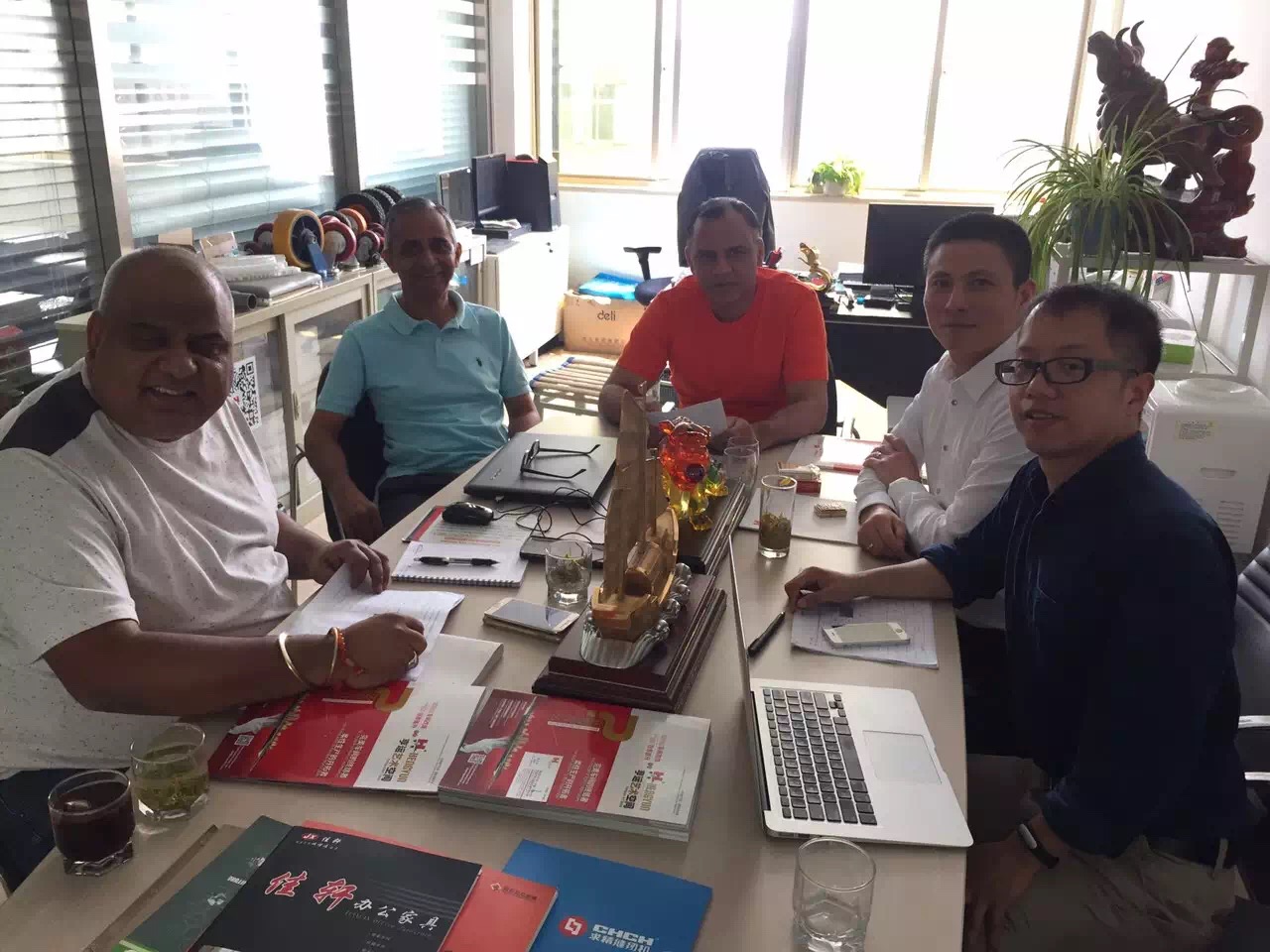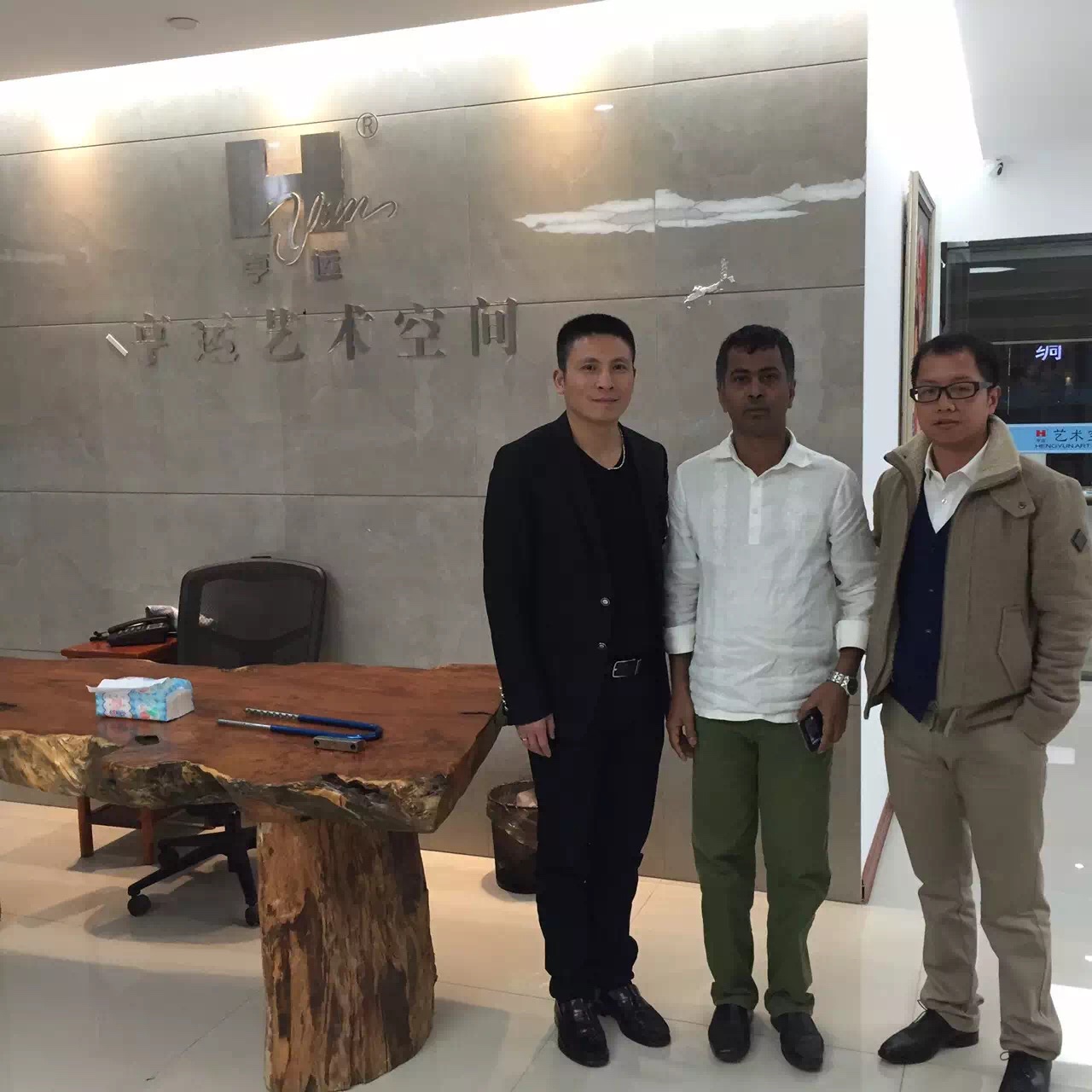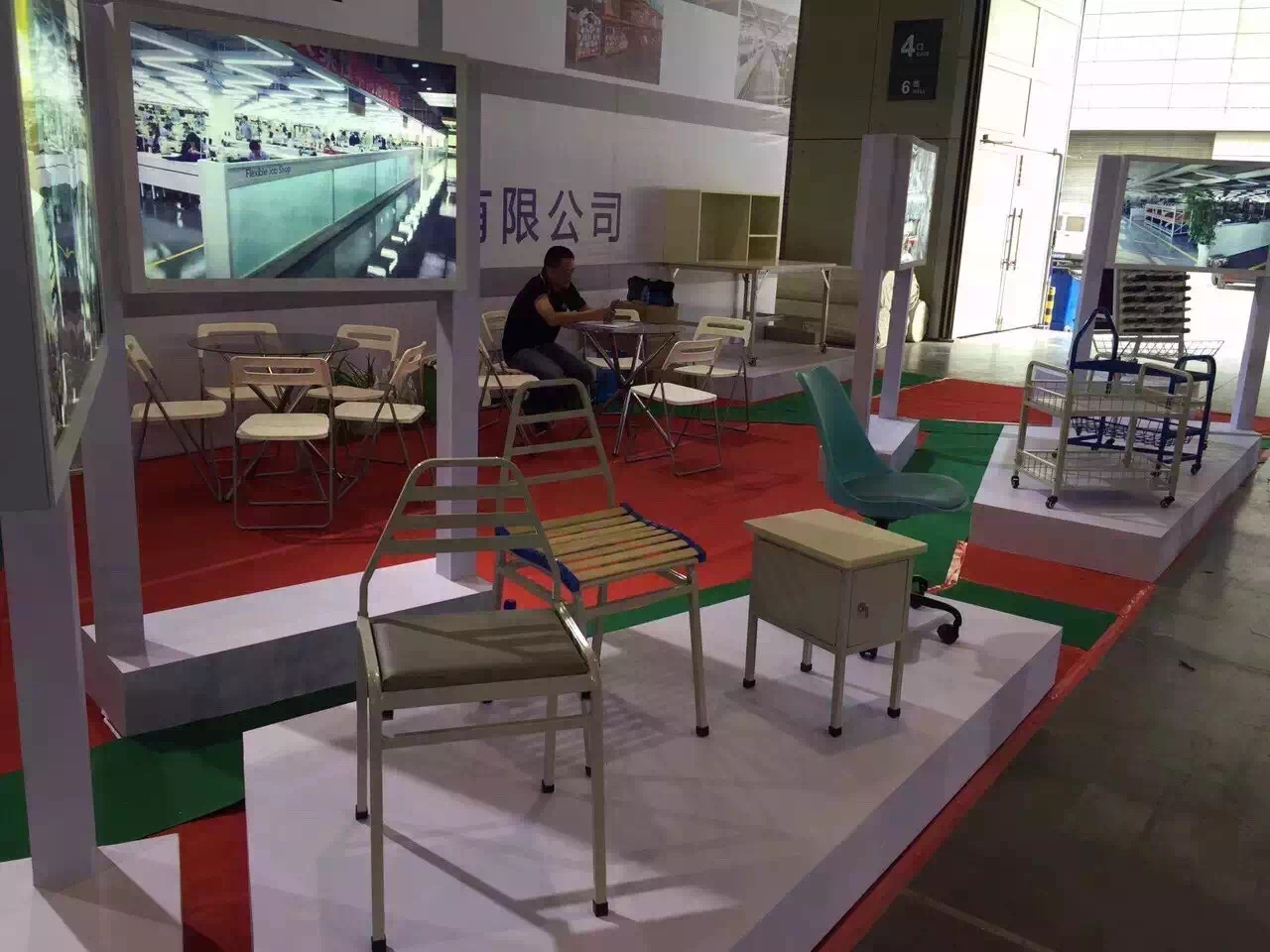Textile machinery equipment energy conservation challenges
At present, the automatic and intelligent textile machinery and equipment to alleviate the pressure of the human resources cost, improve product quality role increasingly obvious, therefore also by the textile enterprise users attention. But industry experts generally believe that in the pursuit of textile equipment automation, high speed, high output at the same time, should be more concerned about energy conservation.
Focus on energy saving
In the recently held the 12th Asian textile conference and academic annual meeting, 2013 China textile institute for textile technology (ita), Germanys RWTH aachen university (RWTHAachen) Thomas Gries professor made subject to the energy efficiency in textile production, best practices and surpass the advanced level "the theme of the report. He put forward in the report, in the process of the design and use of textile equipment, producers should pay attention to the problem of energy efficiency.
Thomas Gries thinks, for textile industry, the cost of energy is the decisive factor, therefore the energy efficiency is one of the most important problems in the process of textile equipment sales. He introduced the development trend of the textile industry energy efficiency, including highly efficient electric drive system, energy recovery and advanced process control technology, using these techniques and interpret some advanced textile equipment. He thinks that energy efficiency is not only for reasons of cost savings, it is also an important problem concerning the future development.
Textile engineering society, senior engineer of Shanghai hong haicang introduces, at present there have been some foreign businessmen to export enterprises in jiangsu province indicate the product energy consumption per unit output. Wait until this request more and more time, the domestic textile enterprises and trying to keep up with this request, will appear a little off guard.
When it comes to energy saving problems loom, haicang hong thinks, air-jet looms biggest problem is how to reduce energy consumption. Production of similar products, the use of rapier loom is better than using jet loom to save energy consumption by 30%. Air-jet loom about 70% of the energy consumption is used for gas supply system work. In the current supply system work mode, reduce the energy consumption of air-jet loom is very difficult.
Automation to reduce yield per unit energy consumption
Automation equipment need to establish control system configuration, more motor, frequency converter, which can increase the energy consumption; Thick, fine complex coupon transmission system for motor drive, can increase energy consumption; The improvement of production equipment need motor has higher power, more can increase energy consumption. But xian-min zhu, vice director of China textile machinery equipment association believes that a high degree of automation equipment, on the surface will lead to the increase of energy consumption, but the average to the unit yield, energy consumption did not increase.
Wuhan textile university, textile fiber and production key laboratory of the ministry of education also conducted a of traditional textile equipment compared with new automated textile equipment energy consumption survey, proved that the automation advantages in the field of textile equipment to save energy consumption.
Researchers in hubei textile co., LTD. Through the contrast test. MAC textile has two 30000 ingot production line, one is K45 compact spinning production line, one is the traditional combed cotton spinning production line, production respectively 100 and 45 the branch of pure cotton yarn. The researchers will be the energy consumption of the two kinds of pure cotton yarn converted into 21 kg of pure cotton yarn energy consumption. K45 compact spinning production line kg yarn consumption is 0.8499 kw, traditional, combed cotton yarn production of kg energy consumption is 1.112 kw. So the researchers think that using new type automatic textile equipment while increases energy consumption, but also can increase production, improve yarn quality. Compared by means of converted into standard yarn, new automation textile equipment still has advantage in energy saving.
In addition to contrast the whole production line of energy consumption, the researchers also for single equipment and continuous production system has carried on the comparison of energy consumption. Researchers hui-juan zhang to introduce modern carding systems compared with the traditional qing, combed cotton production line, the former covers an area of less, air consumption and lower energy consumption. In three different type of energy consumption contrast experiments of carding machine, the energy consumption of modern cotton carding clothing production per kilogram is 82.6 kw ·, while traditional carding machine, respectively, 102.0 kw, 98.6 kw, when. Because speed is improved, so the modern technology more energy efficient.
Intelligent energy saving way
To the problem of textile equipment, energy saving for the future development direction of xian-min zhu thought to intelligent development is a way out. He thinks that energy saving a goal pursued by the intelligent equipment. For example, at present although some equipment does not work, but still want to keep running condition, this is to prevent the boot after cant normal operation, and in the process energy consumption. If the device to implement the intelligent of the higher level, and it can completely stopped when dont need to work, by the time the need to run ahead of preheating, can achieve the result of energy saving.
As large energy consumption of air jet looms, mainly used for dynamic process of weft insertion, accurate control to control the main nozzle and the auxiliary nozzle solenoid valve opening and closing time and the conduction of the jet length, so as to achieve the goal of energy saving. The weft insertion process dynamic control and energy saving technology are: implementation of closed-loop control, the process of weft insertion agent filling accuracy; Adopt a depression weft insertion technology, soft low weft tension weft insertion, in order to reduce gas consumption; Improved the structure of nozzle, improve air flow concentration, reduce gas consumption; The multiple air bag for main and auxiliary nozzle air supply; The storage of different pressure of compressed air and auxiliary air bag, used for big differences of weft weaving, make each weft insertion of main nozzle pressure adjustable, auxiliary nozzle can be secondary air pressure switch; Choose to gao min small vessel solenoid valve, shorten pneumatic electromagnetic valve control, optimization of the nozzle and the measures to achieve the goal of energy saving.
Hong haicang, sulzer, Switzerland, from the launch of A9500 air-jet looms can be tested to the entrance of weft weft speed, and when the weft of auxiliary nozzle opening and closing time to adjust, can save 25% of the gas consumption. Currently, the nissan and domestic loom is difficult to do this, most are in the second weft adjust. This technique requires that loom testing institutions rapid detection, control system for rapid response, equipment for rapid processing. In these three aspects to achieve higher automation, intelligent, can further reduce the energy consumption of air jet loom.
In shaoxing ChengPu electronic technology co., LTD., based on S3C2416 double twisting machine intelligent energy-saving control system, the traditional double twisting machine used in induction motor was replaced by the permanent magnet synchronous ac servo motor, achieved the certain energy-saving effect. Through the controller, the control of the motor starting and braking on the impact on the grid, drive also can make the motor load constant, reduce energy consumption.






